
08.05.2021
As an effort to make visible female artists not included in the official circuit of the Brazilian artistic field, the Vozes Agudas collective carried out the 1st Prize Vozes Agudas for Women Artists as a critical exercise that contemplates the relationship between social markers and artistic practices in order to continue questioning the structures of art in their context.
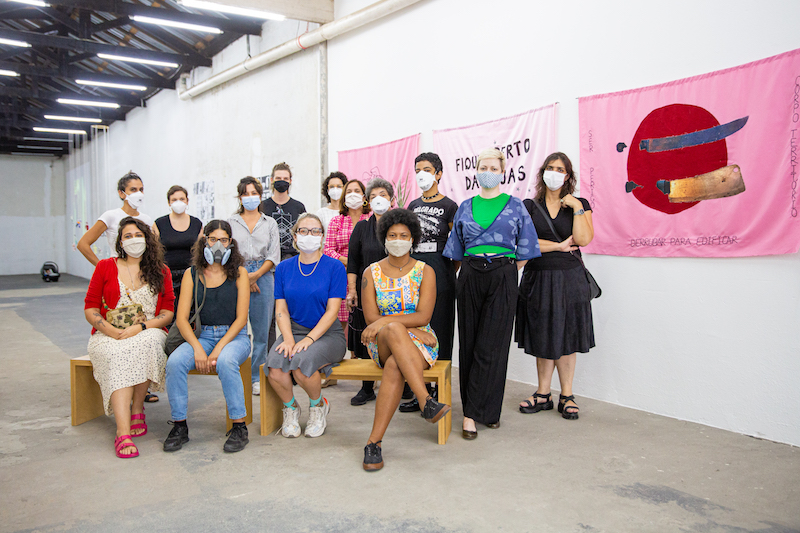
Between the years 2015 and 2020, the Brazilian art scene was immersed in a boom of feminist issues: young artists declaring themselves adepts of the political agendas of the women’s movement, asking several questions about the essentialisms of the gender categories that still prevail, small and large exhibitions succeeding in institutions of impact on the scene, aligned with a discourse of labor equity in its structure, and the revaluation of the trajectories of women artists obliterated by prejudices of gender, class, and race.
Over these five years, a certain innocent optimism has occupied the perspectives of a whole spectrum of artists linked in some measure to the female gender, together with the urgent demands for historical reparation of racialized, sexually dissident, and marginalized agents. Such demands, previously automatically disqualified as minor struggles in the political spectrum—mainly in the period of the sixties and seventies of the 20th century, when simultaneously to the rise of the second feminist wave in economically dominant countries, followed the outbreak of military regimes that disrupted alternative and revolutionary lifestyles—had found media support after several public demonstrations demanding sexual freedom and reproductive rights policies, and the massive insertion of militants on social platforms that allowed an intense circulation of ideas and discussions, previously restricted to conventional intellectual and militant circles.
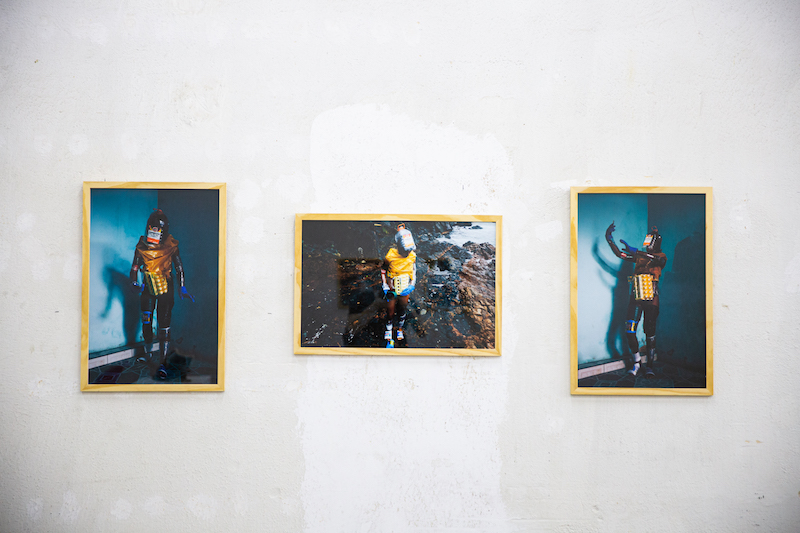
Despite all this public movement by cultural agents and institutions towards the absorption of feminist agendas in the daily life of the art system in Brazil, several aspects remain untouchable and non-negotiable, together with other structural vices of the environment, such as the low, when non-existent, remuneration of its workers, generally belonging to non-privileged social markers. When observing the profile of the subjects that integrate the cultural leader class, in this case, curators, gallery owners, directors of institutions, and secretaries of culture, it is evident that its members are mostly men, white, coming from a social niche permeated by cultural capital privileges – for women in this class, there is the possibility of acting in curatorship and gallery management mainly, but this does not necessarily mean that they are empathetic agents to social causes, and particularly to feminism.
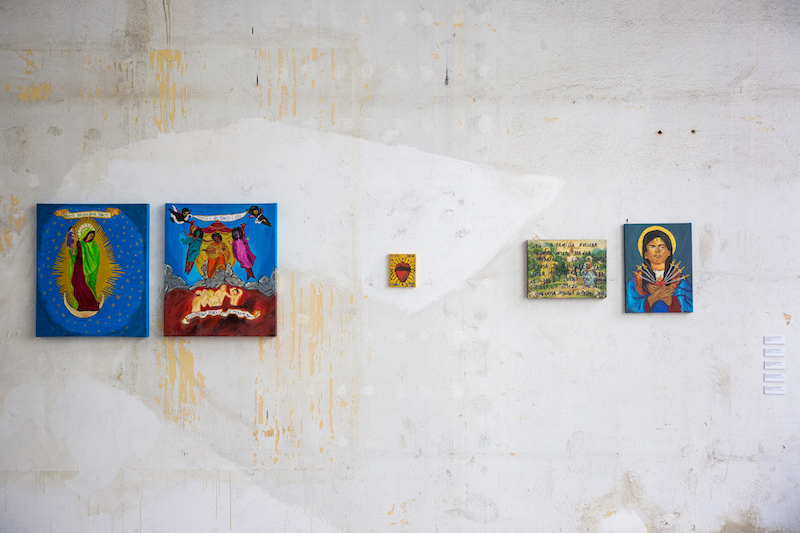
The collective has existed since the second half of 2018 and was the result of the mobilization of students from a course on women, feminisms and cultural management, offered by the curator and manager of the independent space Ateliê 397 in São Paulo, Thais Rivitti, who was doing the first efforts to understand this issue. Declining the idea of continuity of the collective by private aspects, who took over the coordination was one of the authors of this essay, the feminist researcher and curator Talita Trizoli.
Between 2018 and 2019, the collective had as schedule, the discussion of themes related to the feminist agenda with bibliographic support, public meetings with women agents from the arts, in addition to holding exhibitions with women artists and recording a podcast, aiming to create thus an archive of narratives of these professional trajectories.
It happens that, with the outbreak of the pandemic of COVID-19, the entire structure of public action of the collective was paralyzed, in the same way as the entire cultural sector. As if the pandemic crisis and the irresponsible political management in several areas of the country were not enough, it was also possible to perceive a movement of recrudescence in the artistic sector, a new flow of aesthetic conservatism established with the fragility of the market and its institutions. Not only were scheduled exhibitions canceled or postponed throughout the national territory, but the kindness agreement between the market and cultural institutions, which seemed to move towards enlargement of the profile of agents in the medium, suffered a disruption in its processes, because while museums and institutes sought to create support sites for the presence of artists, curators, producers and managers linked to the so-called fragile social markers, albeit at baby-steps and with misunderstandings in the agenda, it was verified that, in the opposite direction, the commercial circuit chose to value names already consecrated with more conservative vocabulary and materiality works, with a greater possibility of sale (all aligned with the taste of collectors obsessed with painting and modernist artists already crystallized aesthetically and economically).
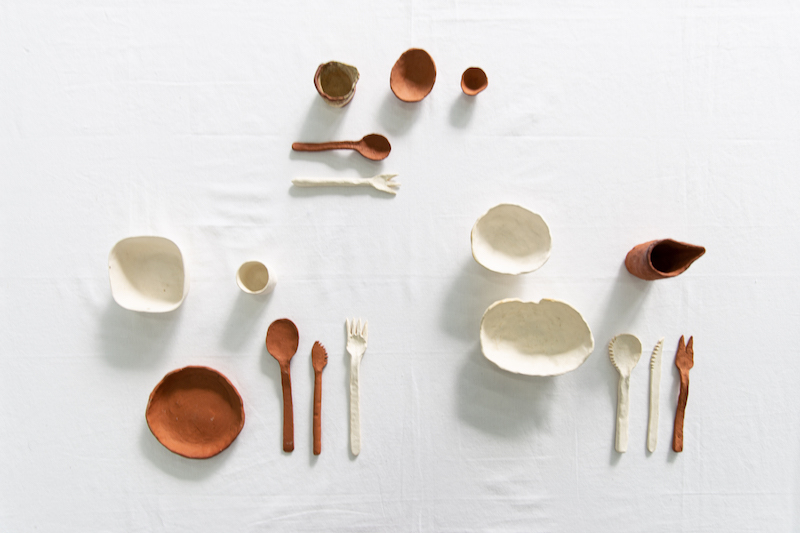
For the cash prize, were selected artists who stood out for their poetic-political investigations, who mainly highlight and question the social and cultural regimes, which normalize their existence as contemporary women artists living in Brazil. Laryssa Machada, born in Porto-Alegre (RS), but currently living in Salvador (BA), works with photographic fictions from the visual and critical repertoire of Afrofuturism, mobilizing regional elements of African and indigenous matrix, creating images that discuss the past, the present and the future not only of subjectivities but of the relations established with the so-called natural environment. Massuelen Cristina, raised and born in the city of Sabará (MG), uses different technological media, such as digital photography and video, in the construction of subjective narratives about herself and her surroundings that emphasize the tensions of race, gender, class, and territory, always crossed by an affective dimension of community memory. Finally, Mônica Coster, born in São Paulo, but living and working in the city of Rio de Janeiro, focuses her investigations on the functioning and deviations of structural systems, whether they are the artistic environment, biology, or the human body itself, aiming at these multimedia pieces, a bending of the subjects’ relationships with their rhythm of life, in a perspective of criticism of the Anthropocene.
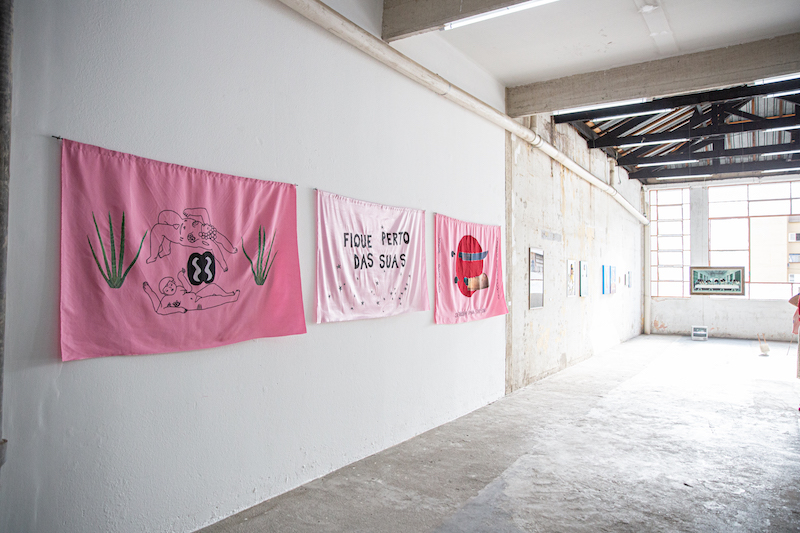
About the honorable mentions, the works of the collective Terroristas del Amor and the artist Vulcanica Pokaropa could not be left aside on these commentaries, as they brought a relationship between social markers and a very significant aesthetic creation within the portfolios received for the awards. The Terroristas del Amor collective is formed by two artists: Dhiovana Barroso and Marissa Noana, both born and living in the city of Fortaleza (CE), partners at work and in a homo-affective relationship. Their works have a declared character of militancy, either by the formal choice of languages directly related to the practices of militancy and urban guerrillas or by the violence and reactions triggered by their exhibition. Vulcanica Pokaropa, residing in the city of Presidente Bernardes, in the interior of São Paulo, is a racialized transvestite artist, who uses performance, video productions of documentary nature and painting, to open up to critical views at transphobia and repressive gender apparatus that permeate our culture and subject dissident bodies to places of violence and vulnerability.
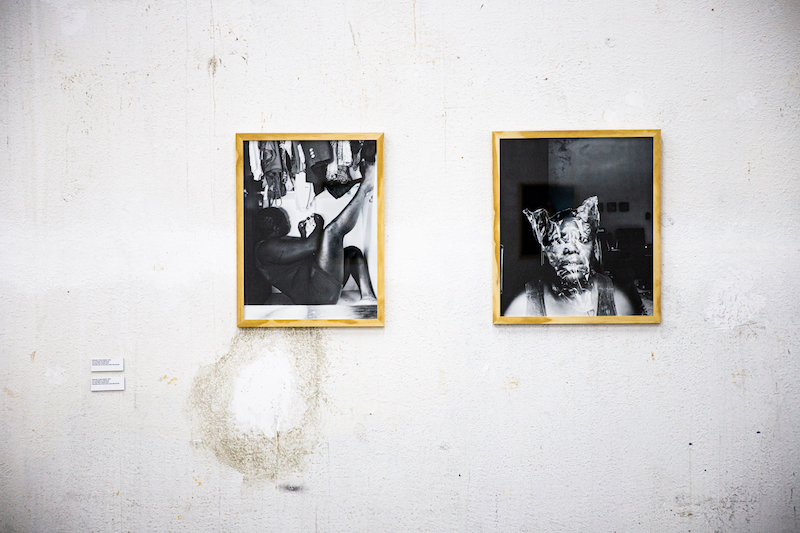
The difficulty in selecting all these artists, whether for the award or for the addition to the exhibitions, was not only due to the large volume of entries, but mainly due to the use, clearly announced in the open call, that the criteria for evaluating the submitted portfolios would not be exclusive of the field of aesthetics and its hermetic formalisms, but which would be directly crossed by social markers, aiming to alter the intricacies of quality judgments, which deliberately disregard the contingencies of artistic creation processes, the career consecration negotiations in the circuit and the financial agreements disguised as an artistic vanguard.
Such stance, aligned with an agenda of studies and political discussion of feminism as cultural criticism, was not applied in a harmonious way by the members of the group and the jury but took shape from agreements, adjustments, and intense arguments. Therefore, in an effort of self-criticism, it´s important to point that we are talking about agents in which, although the awareness of the gender, class, and race cleavages had become evident in their work activities, they have a structured critical formation under the mythologies of the arts, such as the idea of meritocracy, aesthetic quality, historical relevance – and just as it took time to demystify the concept of genius, it will take longer to overturn such analytical premises (it is an ad continuum work). In this sense, the paraphrases of artist Lucas Avendano and critic Lucy Lippard, on the need to place ethics in greater evidence than aesthetics in the geopolitical games of art, demonstrate a paradigm shift in the Aristotelian ontological conflict about the structuring rulers of the real (but that would be the subject of another essay) and demonstrate an insistence, a stubbornness at its core, to renegotiate the places and pieces of the consecration board of the artistic milieu.
We think here of the paradigmatic cases of Tarsila do Amaral and Anita Malfatti, or even Lygia Clark and Lygia Pape, which occupy a prominent place and spread the aesthetic ideals of their respective periods, respectively the modernism and the participatory contemporary art, as Simioni, Giunta and one of those who write to you, Trizoli, point out, but which are par excellence, the exceptions to the rule.
Comments
There are no coments available.